Are you getting enough fiber in your grain-free diet?
Most people fall painfully short of the recommendations to consume 25-30 grams of dietary fiber per day. Don’t be one of them – read on to find out how you can get more fiber in your diet and improve your digestion health whether or not you eat a grain-free or Paleo diet.
What is fiber?
Fiber is a type of carbohydrate found in the cell walls of plants. In the cells of plants its primary role is to provide shape and structure. Since fiber is a carbohydrate from plants the only dietary source is from plant based foods. However, our bodies are unable to break down fiber in the way it digests other carbohydrates. The digestive enzymes secreted in the mouth, stomach and intestines, which help to digest other carbohydrates, are not effective in the breakdown of fiber. Instead, fiber continues to travel through the digestive system mostly intact until reaching the intestines. Here the bacteria that reside in the gut are able to “eat” the fiber and produce short chain fatty acids – compounds which go on to benefit the digestive tract. This reveals one of fiber’s main functions which is to feed the bacteria of the gut. The second main function of fiber is to add bulk to your stool.
How does it work?
Both soluble and insoluble fiber are essential in order to accomplish these two functions (feed gut bacteria and add bulk to stool). Soluble fiber dissolves in water and insoluble fiber does not. This simple property impacts how the fiber acts in the digestive system and is able to be used in the body. Soluble fiber travels through the digestive system and is readily fermented by the bacteria in the colon. Insoluble fiber does the opposite, it speeds up the movement of material through the digestive system. Fermentable insoluble fiber is also broken down by bacteria in the colon but non-fermentable insoluble fiber increases stool bulk.
Is it possible to get enough fiber on a grain-free diet?
Fiber is firmly associated with whole grain in many people’s minds. When people think about a grain-free diet it seems impossible to get a sufficient amount of fiber. But vegetables, fruit and legumes actually have a higher fiber content than whole grains. Those following a grain-free or Paleo diet, don’t fret! Simply increase your intake of real food such as vegetables, fruit, legumes (if you tolerate them) and nuts. This will provide you with more than plenty of fiber.
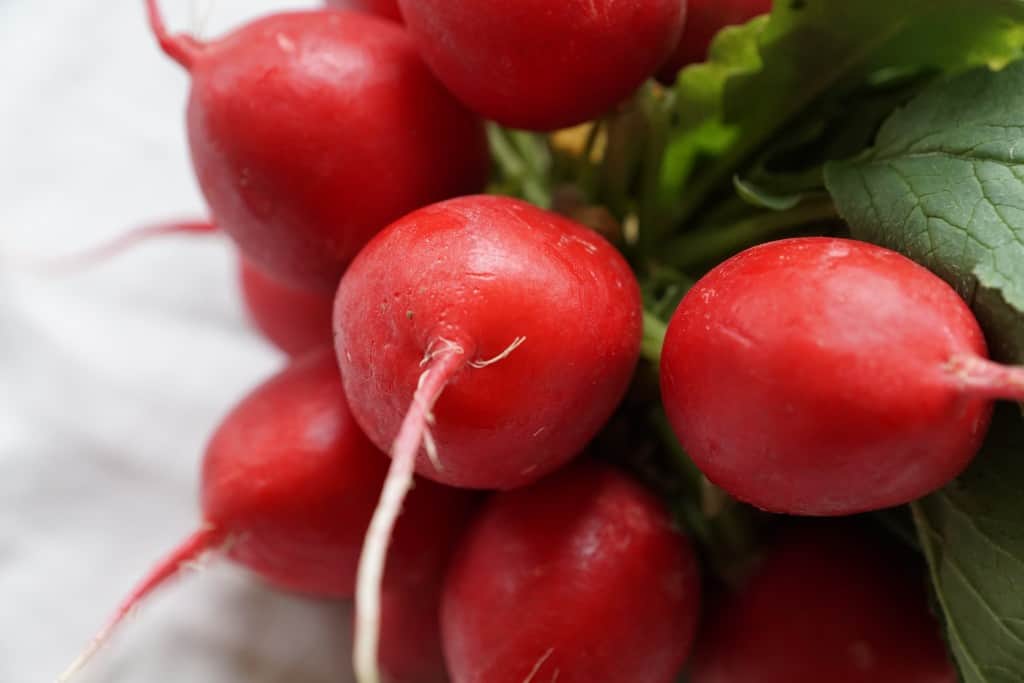
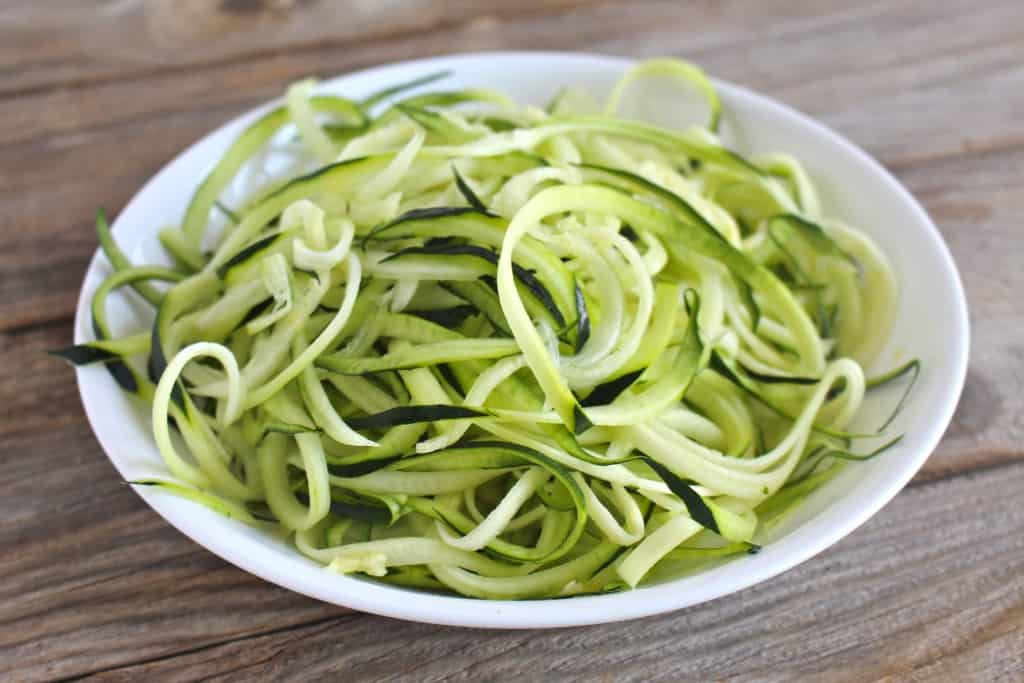
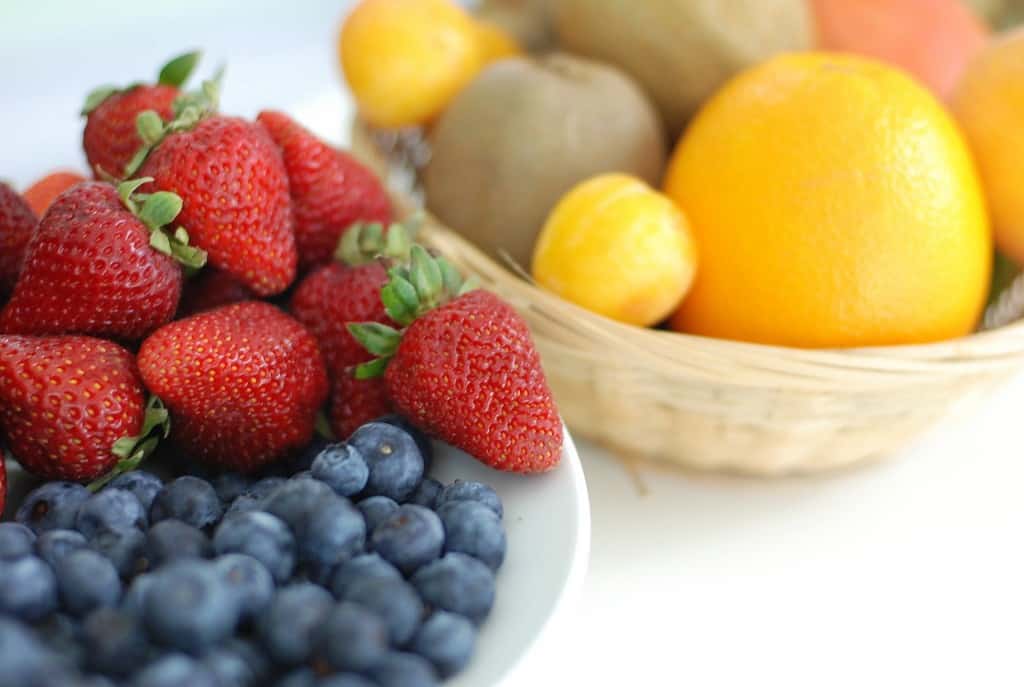
Let’s take a look at the specific reasons you need fiber in your diet and how to ensure you are getting fiber-rich foods in your diet each day:
5 Reasons you need fiber in your diet:
- Regulates bowel movements: Healthy bowel movements depend on a diet sufficient in soluble and insoluble fiber. Insoluble fiber adds bulk to the stool which regulates bowel movements. While soluble fiber replenishes gut bacteria and allows for the elimination of dead bacteria which both manages constipation and maintains bowel health.
- Nourishes the gut flora: Fiber’s most beneficial role is feeding the bacteria that live in the gut. These helpful bacteria colonies aide in digestion, play an important role in immunity and improve bowel health. The bacteria in the gut especially love soluble fiber because it is more easily fermented. Eat fermented vegetables abundant in probiotics and fiber to improve your bowel health, digestion and immunity!
- Improves overall digestion: Fiber aids the digestive tract in so many different ways! It regulates bowel movements and nourishes the bacteria in the gut that play an essential role in digestion. Fiber also helps control how quickly food travels through the digestive system which helps prevent overloading and impacting the digestive system.
- Good source of butyrate: The gut bacteria break down fiber into short chain fatty acids such as butyrate. Butyrate has anti-inflammatory properties and is helpful in controlling appetite and metabolism. Eating more fiber increases the amount of butyrate which will help improve your digestive system and may help you lose weight.
- Low calorie with high benefit: Quality sources of fiber such as vegetables and limited amounts of fruit are excellent for weight loss. Natural, plant based fiber sources (veggies, fruits and legumes) tend to be lower in calories and have high nutritional benefit. And fiber tends to be quite filling because the foods that are high in fiber require more chewing and it slows the movement of food through the digestive system helping you stay fuller for longer and helps regulate blood sugars which can help stave off cravings.
5 Ways to get more fiber in your diet:
- Eliminate processed, refined grains and their products: Replace these with more fiber-rich vegetables such as kale, spinach and other leafy greens. These make great bases for stir fry dishes, fried eggs or roasted vegetables such as cauliflower or zucchini. If you do include grains, opting for those that have been sprouted. Sprouting grains (and nuts and seeds) lowers their phytic acid content (phytic acid, or “phytates”) which interferes with digestion and absorption of certain key vitamins and minerals. So instead of bread, use lettuce or chard leaves to wrap your sandwich fillings or serve a side of sauteed vegetables instead of toast with your morning omelet.
- Focus on eating real food: Eat a variety of plant based foods such as vegetables, legumes and fruits to get the best sources of fiber. These foods are also rich in numerous other beneficial nutrients, especially essential vitamins and minerals.
- Enjoy whole fruit instead of fruit juice: Try and eat the whole fruit to get fiber and the full nutritional content. All the fiber is removed by the juicing process and fruit juices tend to have a high sugar content. Eat food in its most natural form for the best source of fiber!
- Eat more fermented foods: Fiber in fermented vegetables such as sauerkraut, half sour pickles and kim chi is more bioavailable. This means the bacteria in the gut are able to break it down easily and use it more readily. Also, fermented foods are abundant in probiotics which also improve gut health!
- Incorporate beans into your diet: Whole grains, vegetables and fruits tend to be the first thing we think of as sources of fiber. But, beans, lentils and peas are some of the best sources of fiber and they’re super budget-friendly. If you tolerate them, try incorporating legumes to your diet to increase your fiber consumption. We love hummus with fresh veggies or a hearty chili with loads of vegetables and a few black or pinto beans.
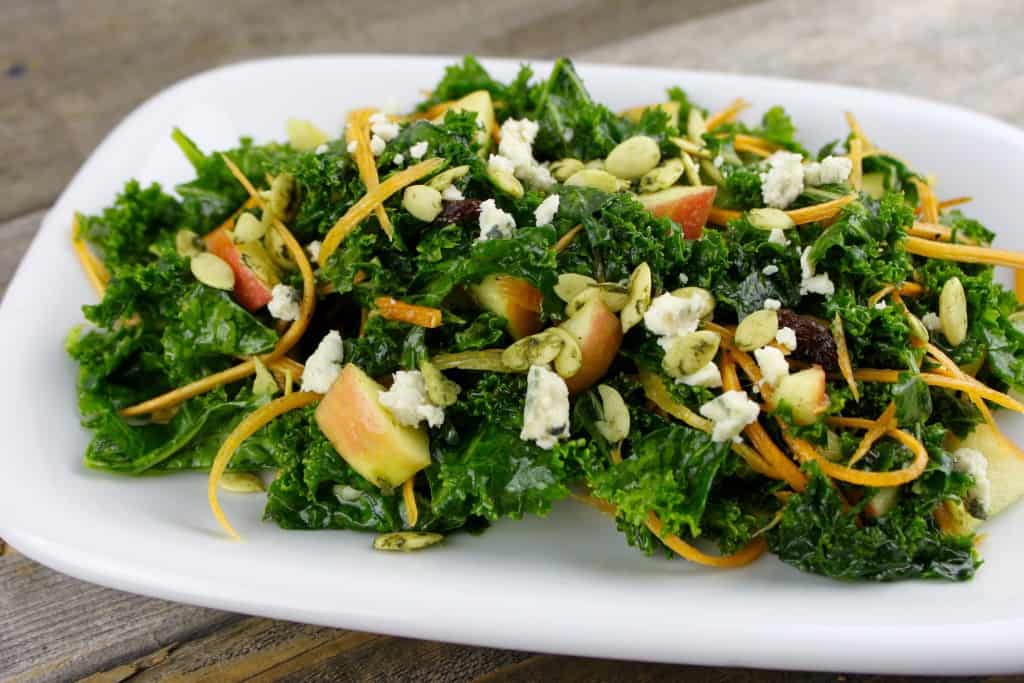
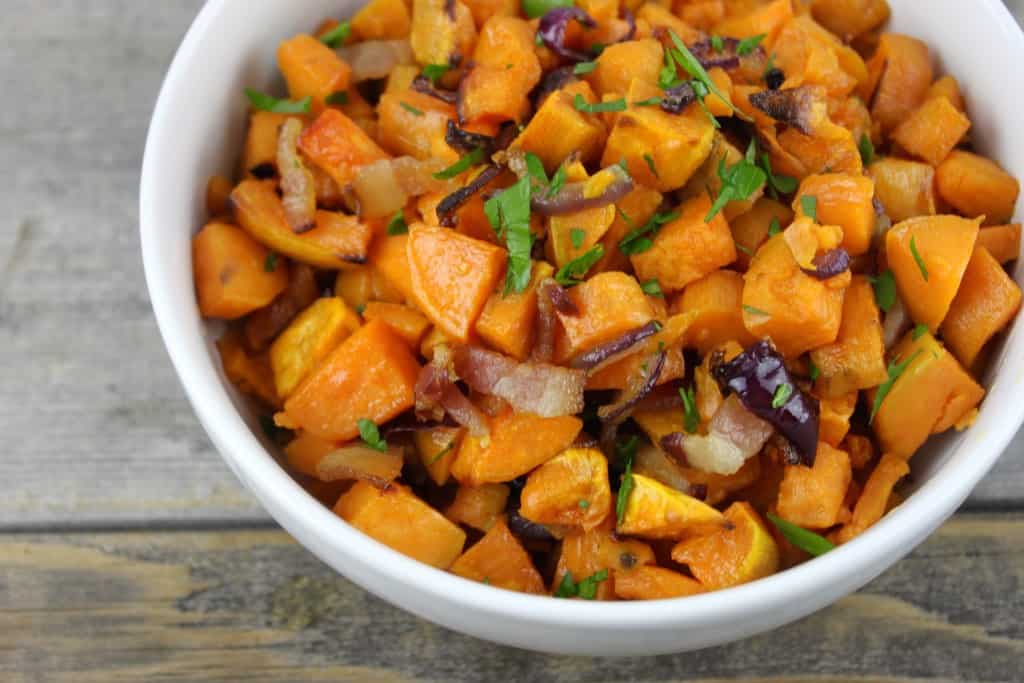
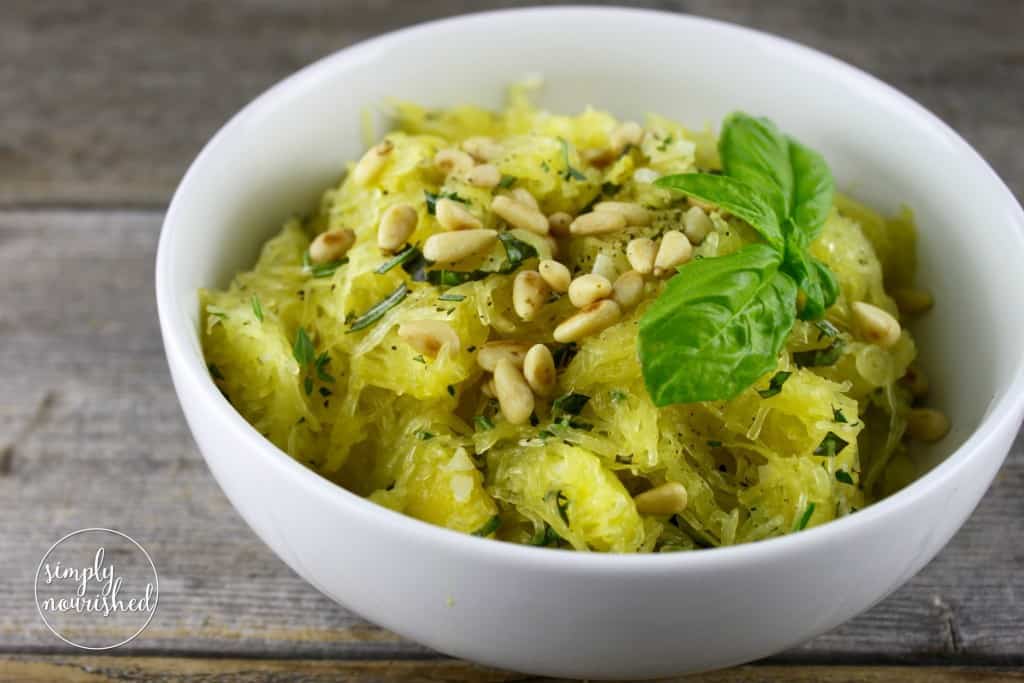
Ten fiber-rich foods we love:
- Leafy Greens (especially kale, collard greens and spinach)
- Broccoli
- Cabbage and Brussels sprouts
- Beets
- Sweet Potatoes or Yams
- Berries
- Coconut
- Nuts & seeds (especially almonds and pumpkin seeds)~ but remember only in moderation!
- Legumes (garbanzo beans, black beans, lentils and split peas)
- Apples and Pears with their skin
Special Thanks to Kara Lechtenberg, Dietetic Student Intern, for authoring this article. Kara is a senior at Colorado State University with an interest in real food, organic farming and sustainability.

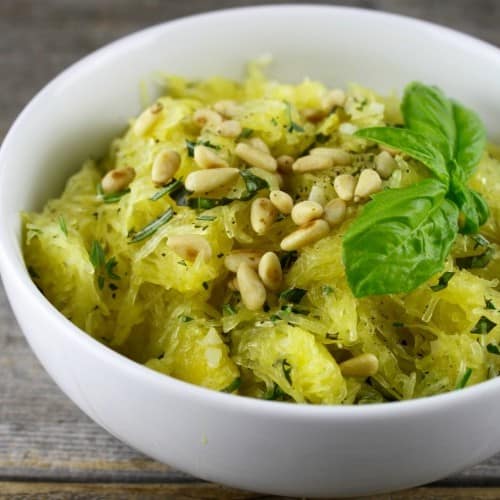
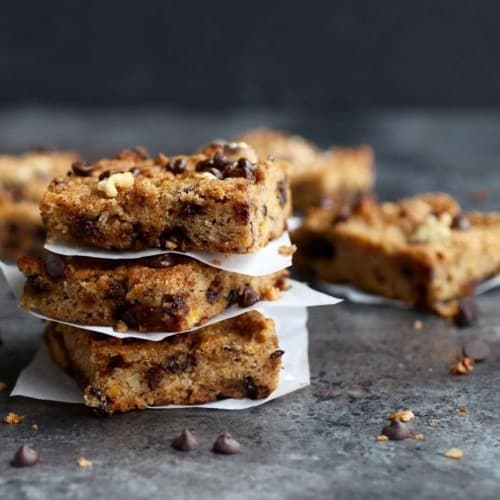
Learn something new every time I read your blog — gut flora, butyrate….had no idea all this from my favorite brussel sprouts! Thanks for sharing, always deliciously educational!
Thanks, Lindsey! Brussels are one of my faves too and we’ll be posting a delish new Brussels recipe on the blog next week so stay tuned.
Thank you for this. My husband is DM1 for 50 years. We have eliminated grains and this has helped him but he still struggles to get enough fiber. Gastroparesis is a problem for him. He had an abdominal xray today and his GI doc called to tell him he has “stool of biblical proportion throughout his colon”. Sorry for the TMI but you’ll understand since you are dietitians and I am a nurse. Going to make him some brussel sprouts tonight for him to snack on tomorrow.
Libby,
Loved your comment! My husband is full of “it” as well!
Linda Ekberg